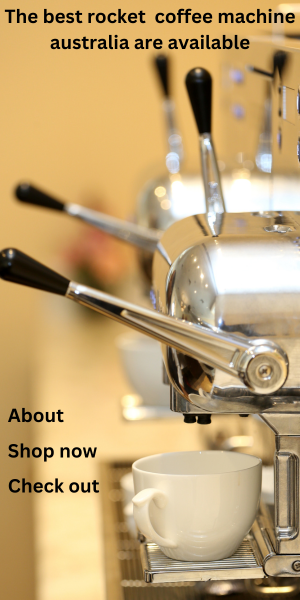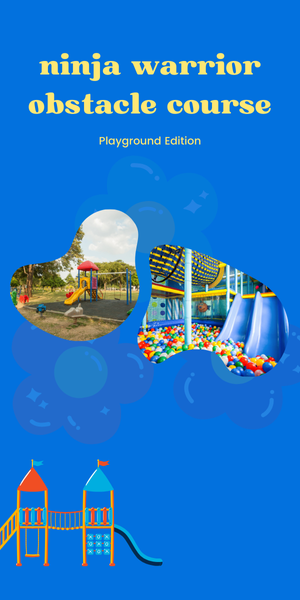MONA, Hobart’s Museum of Old and New Art, is changing Tasmania. Tasmania is not the backward and poor cousin any longer, the market is flourishing, and the state is a leader in modern culture.
The atmosphere surrounding Hobart through this year’s Dark Mofo is palpable, despite being the sixth running. The past propensity to hibernate through Tasmania’s cold midwinter has become a time for enthusiasm and excitement.
Yet differing to the opinion about the impact MONA has had, the museum’s advantages don’t appear to be shared with Glenorchy, the municipality it’s situated in. The municipality of Glenorchy is one of the more disadvantaged municipalities in Tasmania and contains some of Australia’s most disadvantaged suburbs.
Even more concerning, there are plenty of local Tasmanian artists who are struggling to keep up and remain relevant since the  MONA juggernaut rolls its festivals and its own influence and power. Hobart’s home prices are climbing faster than any other capital city, together with an increase in Hobart’s luxury accommodation and increasing attention on how home sharing platforms, for example Airbnb may be impacting costs. Tasmania is already financially juxtaposed.
MONA juggernaut rolls its festivals and its own influence and power. Hobart’s home prices are climbing faster than any other capital city, together with an increase in Hobart’s luxury accommodation and increasing attention on how home sharing platforms, for example Airbnb may be impacting costs. Tasmania is already financially juxtaposed.
Through the tracking information of both domestic and international tourists alike, where and how visitors travelled prior to and after they had seen MONA. The Majority of the guests to MONA were from New South Wales and Victoria. They also had higher incomes and levels of schooling. These people have a tendency to choose the MONA ferry back and forth from the museum or drive straight there without visiting anything else. Without purchasing in Glenorchy or seeing different areas of the municipality, virtually no advantages are passed to the particular area, whether all these are direct financial benefits from purchasing or accommodation or indirect benefits from social interactions and cultural trade.
In certain respects, this is unthinkable. Tourists visit areas that have conveniences for tourists for example, Hobart’s waterfront. Tourism and artwork also tends to induce gentrification, an escalation of property prices as inferior inner-city suburbs and post-industrial locations are creatively transformed. This would not be a fantastic result for areas like Glenorchy. These are places imbued with a feeling of community which assists many residents in non-financial manners.
Not all MONA’s customers are high income earners with tertiary education. It was found that it’s MONA’s lower socioeconomic visitors who are likely to stop at Glenorchy, purchase in local stores and see family members and friends. These are the vacationers who might help expand MONA’s advantages into the area’s most in need, without ruining these communities. To entice socio-economic tourists, Mona may expand its free museum entrance for Tasmanians to all residents with government concession cards.
Nevertheless, the restricted responsibilities of private bodies like MONA usually means that it’s the governments’ function to disperse the benefits of tourism and economic development. Tourism Tasmania spends countless dollars on advertising. Aiming this towards the lower socio-economic tourists can increase visitation to tourism icons and neighbourhood shopping centres and communities.
MONA is held in high esteem by many Tasmanians. The art museum and the biannual festivals that have accompanied it is quite unprecedented in regard to the traditional tendencies of Tasmania. There is now widespread support for MONA initiatives: the future potential for Macquarie Point, MACQ01 hotel and jobs in Hobart in general.
This goodwill is very likely to fade with time if the MONA effect only reinforces existing inequalities. To stay applicable, MONA’s existence in Tasmania needs go past growth expectations and shock-factor art. Authorities must exploit tourism for the sake of all. A high number of tourists and spending are clearly not results themselves.





